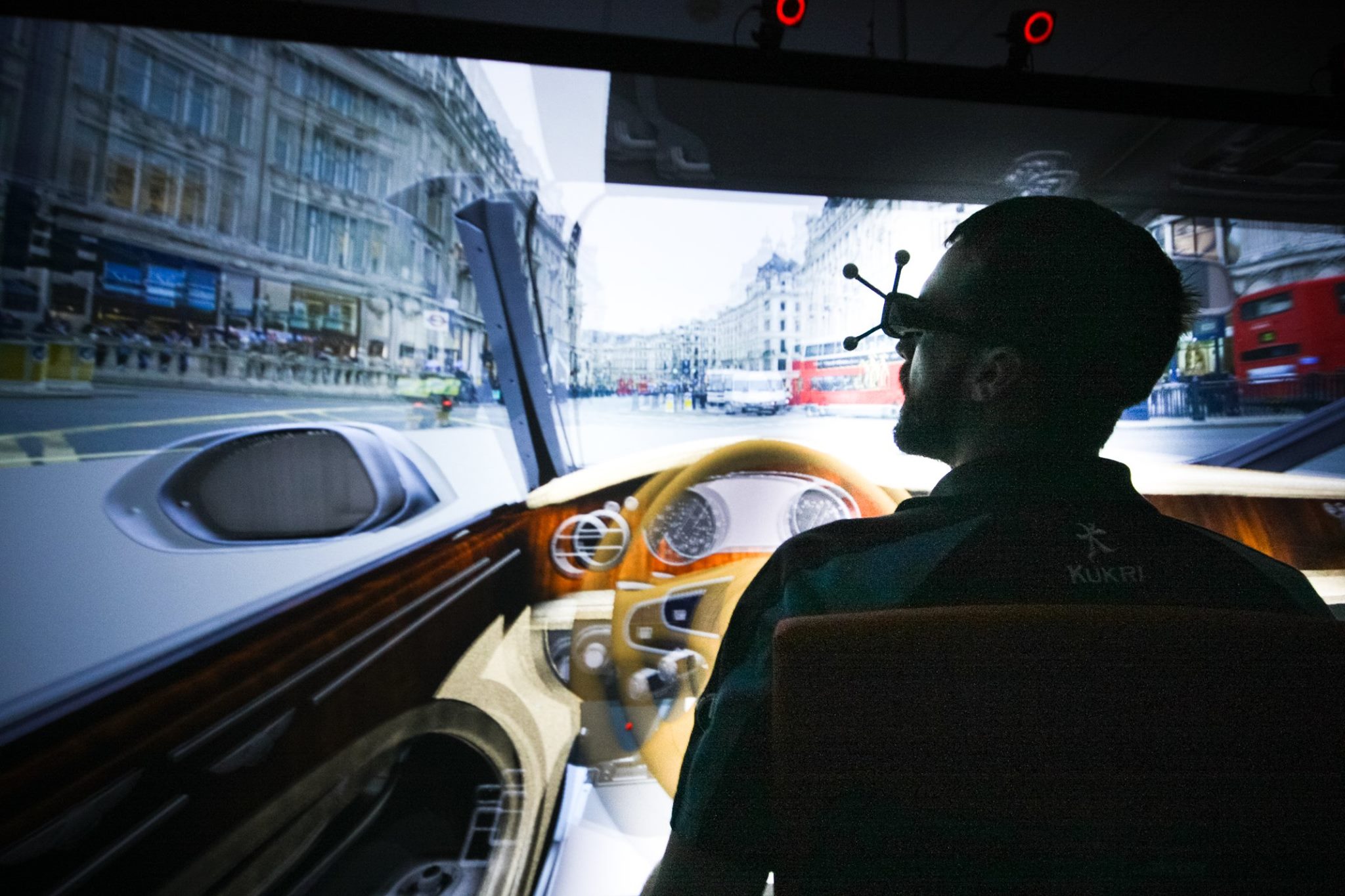Those walking around Indiana University’s Bloomington campus will likely be impressed by the reality of one of America’s oldest, largest and most diverse state colleges. That said, inside the university’s glass-covered Cyber Infrastructure Building, students and teachers are exploring a different reality – the virtual and augmented kind.
IU’s state of the art Advanced Visualization Lab is tasked with exploring the cutting edge of virtual reality. In the lab a researcher, professor or student don the familiar VR headset to explore a hyper real world that exists only inside a computer. The immersive experience lets engineers peer inside complicated machinery before it is ever built as easily as surgeons can work with human organs without a drop of blood being spilt.
That doesn’t mean that VR has to be a one-off experience. Others in the lab can see and contribute to the effort because the lab has a large wall mounted monitor that shows what the VR investigator sees. You view the dual overlapping images that create the illusion of depth to the user when viewed with the googles.
Other schools are going beyond this to use projectors to interact with and share augmented and virtual reality worlds. With technical help from Virtalis, the University of Liverpool has built its Virtual Engineering Centre (VEC). Its focal point is a room that lets users interact with VR landscapes as if they were using an interactive projector.
It’s all built around a Christie Boxer 4K projector that runs at 120 hertz that allows it to project two alternating visual fields that VR relies on to create the illusion of depth. The school’s ActiveWall space provides nearly 115 square feet of area to work with the VR stream.
The key to making it all work is Advanced Realtime Tracking’s ART 6DoF tracking system. Rather than full-cover VR goggles, VEC uses special glasses with multiple antennas that provide the computer with placement data so the image is perfect as users move around the VR space. They also wear fingertip covers that let the user interact with the ethereal projected items on screen as if they were using a huge touch-screen tablet.
In the VR room, engineers can visually prototype parts without the hassles and expense of making real-world objects. The possibilities are endless, from sticking their heads inside a jet engine to see how the pieces interact with nearby items to trying out a new automotive dashboard design without ever setting foot into a car or simulating a building’s interior without having to build the structure.
Probably the biggest use is to try out what if scenarios that would be too expensive or dangerous to try out in the real world. For instance, they can simulate the heat flow during an emergency at a nuclear power plant without endangering themselves or the public.
The center has even created a virtual heart that only beats inside a VR computer. It lets the researchers handle, rotate and manipulate the organ as if it were the real thing – all without endangering a patient.
